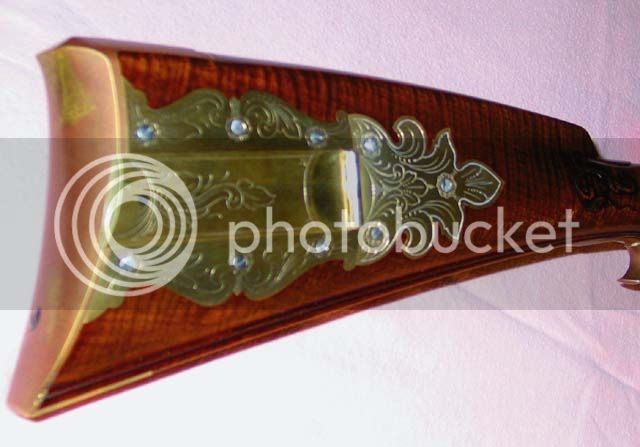- Joined
- Oct 2, 2015
- Messages
- 187
- Reaction score
- 16
Hello all.
Ive looked around a bit ona good method of sanding then polishing sand cast brass. What the prefered method exprienced buliders use?
Thanks
Ive looked around a bit ona good method of sanding then polishing sand cast brass. What the prefered method exprienced buliders use?
Thanks






